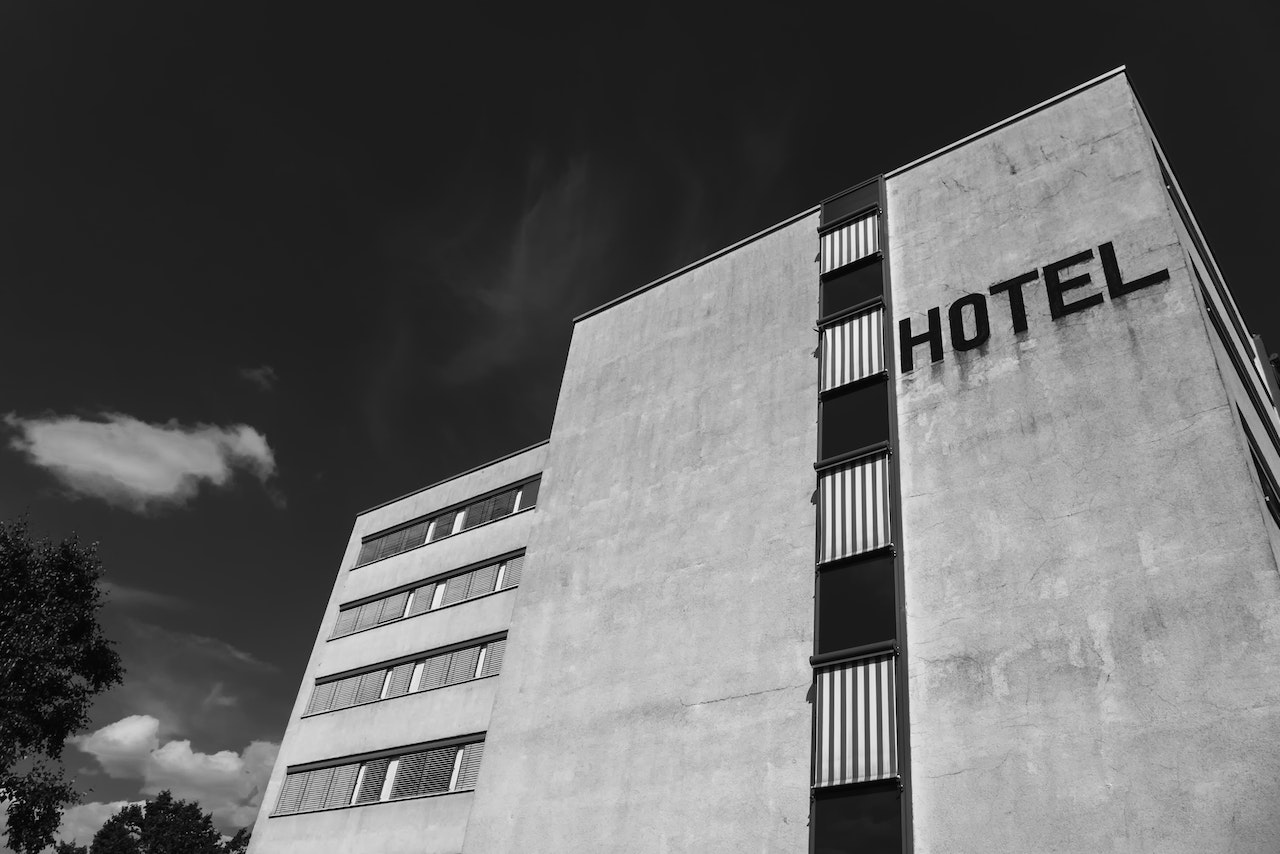Becoming an Airbnb Superhost is no small feat. With increasing competition and ever-rising guest expectations, hosts need to bring their A-game to stand out. This guide goes beyond the basics and dives into advanced strategies to help you secure that coveted badge. Whether you’re fine-tuning your hosting game or looking to overhaul your approach, these steps will give you the edge.
Start with Guest Experience, but Think Beyond the Basics
The guest experience has always been at the heart of Airbnb hosting, but in 2025, it’s about anticipation. Travelers want more than just a clean space and prompt communication; they want to feel like their needs have been understood before they’ve voiced them.
What does this mean for you?
Start by analyzing the demographics of your typical guests. Are they business travelers, families, digital nomads, or couples on a getaway? Tailor your approach to their preferences. For example:
Business travelers appreciate a desk setup with fast Wi-Fi and universal charging ports.
Families value small conveniences, like baby-proofed outlets or a stash of board games.
Digital nomads love a home office feel with ergonomic chairs and extra monitors.
Guests leave reviews that reflect how well you’ve met their unspoken needs. A five-star rating requires more than just polite service—it demands foresight.
Over-Communicate Without Being Overbearing
Clear communication is a cornerstone of hosting success, but in the age of AI-powered customer service, guests are accustomed to instant and precise responses. This means you can no longer afford vague or delayed communication.
A practical approach is to preemptively answer common guest concerns:
Set up automated but personalized messaging. For instance, send a message 48 hours before check-in with directions, parking information, and access details.
Address potential issues before they become problems. If you’re aware of ongoing construction nearby, warn your guests and offer noise-canceling solutions.
Use feedback loops. After check-in, a quick, “How’s everything so far?” message can be a game-changer.
While automation helps, it’s vital to maintain a human touch. Guests need to feel like they’re interacting with a host, not a bot.
Maintain Uncompromising Standards for Cleanliness
Cleanliness has become non-negotiable, especially with the lingering effects of heightened health concerns. But let’s be honest: “clean” is subjective. What feels spotless to you might not meet your guest’s expectations.
Here’s how to raise the bar:
- Invest in professional cleaning services, even if it eats into your margins. Guests can often tell the difference.
- Use technology to streamline inspections. Tools like digital cleaning checklists or UV-light wands for detecting hidden dirt can help ensure nothing is overlooked.
- Go the extra mile by making cleanliness visible. Leave a note that says, “All linens and throw blankets have been freshly laundered for your stay.” Guests appreciate the reassurance.
Fine-Tune the Art of Setting Expectations
Superhosts excel because they know how to paint an honest picture of their property. Misaligned expectations lead to disappointment, no matter how exceptional the stay.
Here’s what you can do:
Take high-quality, accurate photos that show the property in its true light. Avoid over-editing.
Be transparent in your descriptions. If your home is cozy but lacks central air, highlight this upfront while emphasizing other strengths, like a ceiling fan or access to shaded outdoor areas.
Provide a “what to expect” guide before check-in, covering everything from neighborhood quirks to check-out procedures.
Guests appreciate clarity, and transparency minimizes complaints.
Monitor Key Metrics Daily
Airbnb Superhost eligibility is determined quarterly, and the metrics are unforgiving. To hit the required standards (4.8+ rating, less than 1% cancellation rate, etc.), you need to stay vigilant.
This is where data comes in. Regularly check:
Review trends:
If multiple guests mention the same issue (e.g., Wi-Fi speed or uncomfortable mattresses), address it immediately.
Booking patterns:
Are last-minute bookings impacting your preparation time? Consider adjusting your availability settings.
Pricing performance:
Use dynamic pricing tools to stay competitive without undervaluing your property.
Treat your Airbnb like a business, and make decisions backed by data, not gut feelings.
Build Guest Loyalty, Not Just One-Time Stays
Repeat guests are often the easiest way to maintain high ratings. If someone enjoyed their stay enough to return, you’re more likely to receive a glowing review. But Airbnb isn’t designed for direct loyalty programs, so how do you keep guests coming back?

Here are a few strategies:
Leave a personal thank-you note with a small token, like a local snack or a discount code for their next visit.
Use the messaging feature to express gratitude post-check-out. A simple, “We loved hosting you! We hope to see you again,” can work wonders.
If you manage multiple properties, suggest another one of your listings that might suit their next trip.
Loyalty isn’t just about perks—it’s about making guests feel like their presence is genuinely valued.
Master the Review Game
Guest reviews are the backbone of your Superhost status. But it’s not enough to ask for a review; you need to foster an experience that naturally leads to glowing feedback.
Here’s how:
Make it easy for guests to leave a review. A post-check-out message saying, “We’d love to hear your feedback!” can act as a gentle nudge.
Respond to reviews—both good and bad. Thank guests for their kind words, and address criticism professionally. For example, “We’re sorry to hear the mattress was too firm for your liking. We’re looking into adding a mattress topper to improve comfort.”
Avoid retaliatory reviews. If a guest leaves a less-than-stellar review, don’t take it personally. Airbnb’s algorithm may penalize you if you seem combative.
Leverage Automation Without Losing the Personal Touch
The rise of automation tools has made managing multiple listings far more efficient, but over-reliance can backfire. Guests can sense when interactions are overly robotic.
Strike the right balance:
Use automated systems for routine tasks like calendar management, pricing adjustments, and scheduled messages.
Personalize your responses to guest inquiries. If someone asks, “What’s the best restaurant nearby?” offer a heartfelt recommendation instead of a canned answer.
Automate post-stay follow-ups to encourage feedback, but keep the tone warm and inviting.
Technology should enhance your hosting experience, not replace your human instincts.
Adapt to Airbnb’s Algorithm Updates
Airbnb frequently tweaks its algorithm to prioritize certain listings over others. Staying ahead means understanding these changes and adapting your approach.

For 2025, trends suggest:
A focus on sustainability
Eco-friendly listings with solar panels, energy-efficient appliances, or recycling programs tend to perform better.
Detailed listings
Airbnb’s search filters have become more granular, so include specifics like “pet-friendly,” “EV charger,” or “kid-friendly amenities” to capture niche markets.
Fast response times
Listings with hosts who reply within an hour tend to rank higher.
Pay attention to updates in the hosting dashboard or forums to stay informed about these changes.
Manage Risks Proactively
Becoming a Superhost isn’t just about pleasing guests; it’s also about managing risks. Cancellations, property damage, or unruly guests can jeopardize your standing.
Here’s how to protect yourself:
Use Airbnb’s pre-booking screening tools to vet guests. Look for red flags like incomplete profiles or vague booking reasons.
Invest in short-term rental insurance. Airbnb’s AirCover is helpful but may not cover every scenario.
Have a solid cancellation policy. While flexible policies attract more bookings, they can leave you vulnerable to last-minute changes. Find a middle ground that works for you.
Risk management might not be glamorous, but it’s essential for long-term success.
Treat Hosting as a Long-Term Investment
Airbnb hosting isn’t just a side hustle—it’s a long-term strategy. If you’re aiming for Superhost status, you need to think about scalability and sustainability.
Consider:
Regularly upgrading your property to maintain its appeal. A fresh coat of paint or modern appliances can keep your space competitive.
Expanding your portfolio. Managing multiple properties increases your revenue streams but also requires robust systems to maintain quality.
Partnering with property management tools or services (like Autohost) to streamline operations and reduce stress.
Earning Airbnb Superhost status in 2025 isn’t about checking off boxes; it’s about mastering the art of hospitality. It requires adaptability, attention to detail, and a willingness to continuously refine your approach. Implement these strategies, and you’ll not only achieve Superhost status but also create a hosting experience that sets you apart in an increasingly competitive market.









